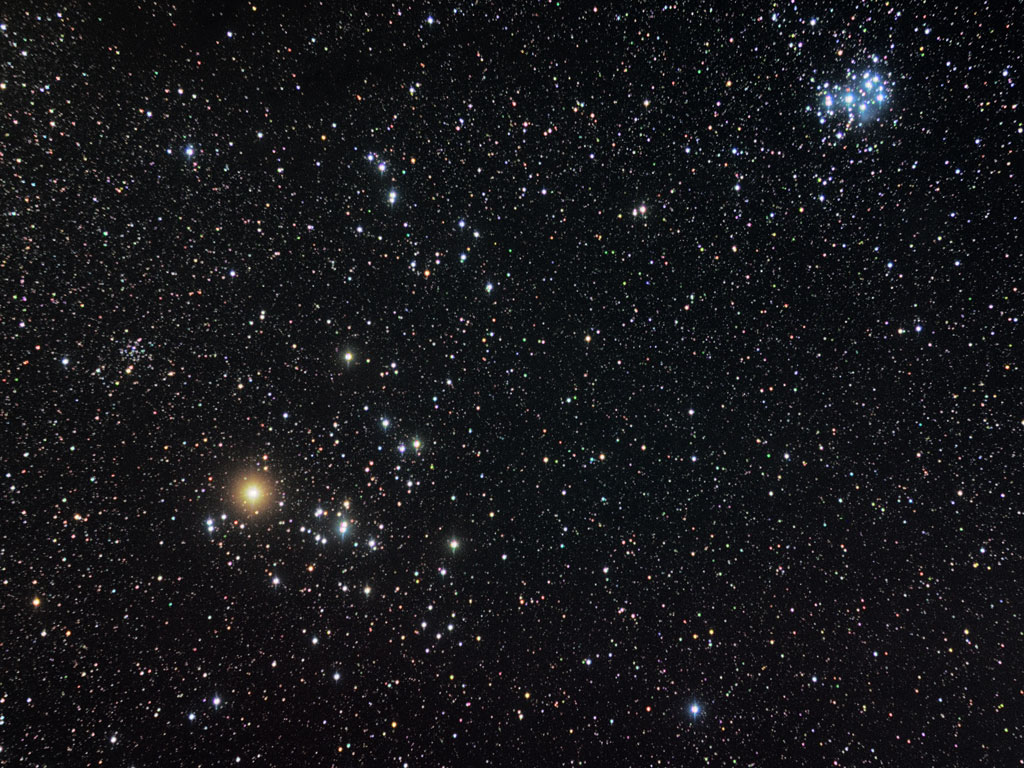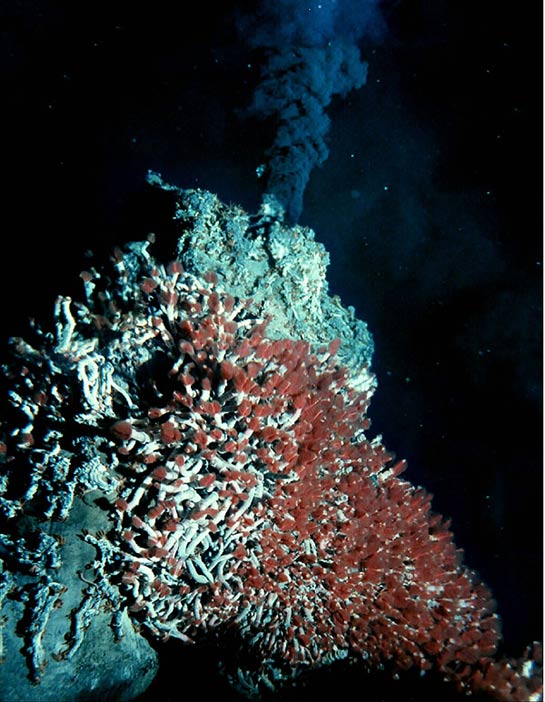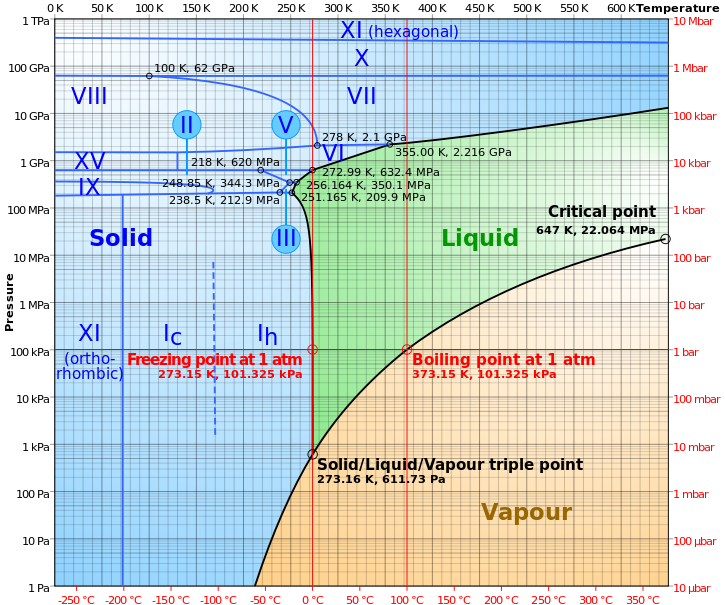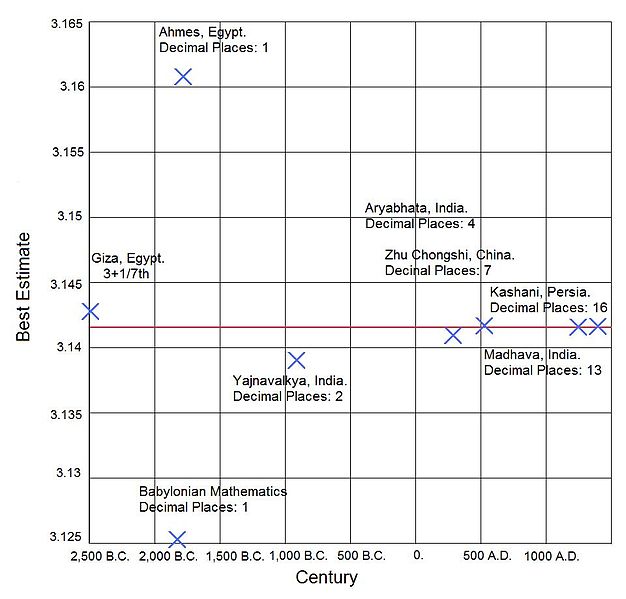Quick note: If you’re presently grieving, don’t read this.
The original question was: If energy is neither created nor destroyed, what happens to the energy within our bodies and brains when we die? I think I understand that the metabolic energy tied up in our cells will be used in the decomposition process, but what about the electrical energy in our brains/bodies? This would seem to be a measurable amount of energy that at the moment of death is no longer required by the body/brain and would have to go somewhere. I’m not asking from a theological or spiritual perspective, but strictly as a question of physics.
… [is there] a measurable radiation of heat at the moment of death. Do you know if there have been experiments that have measured the heat loss and correlated it to the known amount of electrical energy in the human body?
Physicist: Electrical energy is nothing special. Just like the chemical energy in our bodies, it breaks down into heat. For example, the heat given off by light bulbs (or electric heaters for that matter!) is a result of electrical energy. When electricity is flowing to a light bulb, that’s where the electrical energy is going; it’s turning into light. When you pull the plug (so to speak) what tiny, tiny amount of electrical energy there is in the wires runs out almost immediately.
The term “electrical energy” is actually a little vague. So, to be specific, in our nervous system there are tiny ion pumps that maintain an imbalance of charges between the inside and outside of the nerve cells. When a nerve cell fires, charges are allowed to suddenly flow through the cell membrane in a process called an “action potential“. The way electricity flows along nerve cells is different from the way it flows down a telegraph wire (“inside-to-outside” instead of “along”), but whatever. The point is, there are mechanisms that maintain an imbalance of charge (which is electricity waiting to happen), and that imbalance is drained a little bit every time the nerve fires.
Death (excluding spectacular deaths) isn’t instantaneous. In fact, what with medical science, it’s become more and more difficult to even define when people are dead. Time was you could define death as being a lack of heart beat, but people have come back from worse (by that metric, Dick Cheney has been dead for a while). Death is more of a break-down of the whole system, as opposed to a sudden event. The heart stops doing whatever hearts do when they’re not loving, oxygen and nutrients stop going where they’re needed, and in short order the nerve cells in the body lose the wherewithal to pump ions. Like batteries that are no longer being recharged, they run down. Nothing special. Like every kind of energy, whether electrical, kinetic, sonic, or sports fever, the electrical potential in the body eventually becomes heat energy (it’s an entropy thing).
The energy we “carry around” takes the form of chemical energy like fats and sugars. When our nervous system creates electrical energy we lose an equal amount of chemical energy. So, rather than being energy itself, life is all about moving energy around from one form to another.
What this question is clearly really about is the fact that it seems as though there’s a fundamental difference between animate and inanimate people. Admittedly, dead folk are a hair less energetic than living people (with some exceptions). There are a few kinds of energy (surprisingly few), but spiritual energy doesn’t seem to be one of them. In terms of physical energy, the difference between a living body and a very recently dead body is just a question of how that energy is being organized. Living critters in general are very good at using chemical energy for things like moving, growing, etc. Newly dead critters have about the same amount of chemical energy, it’s just that they don’t use it. Instead, whatever comes along to consume the body uses it (whether that’s fire or decomposition or whatever).
There have been many, surprisingly callous, attempts to measure a drop in energy and/or mass leaving the body at the so-called “moment of death”. However, these experiments have been vague and, much worse, unrepeatable. The most famous is the experiment by Dr. Duncan MacDougall in which, by putting patients dying of tuberculosis on giant scales, he found that those patients lost 21 grams on average between life and death. To be fair, homeboy had 6 data points (that is: people) and a lot of statistical noise, so his conclusions have about the same amount of statistical weight as “vaccines cause Autism“. To date, there are no confirmable experiments that show that anything special happens during death, other than a general “shutting down”. In particular, nothing that’s both “inspiring” and verifiable seems to suddenly leave the body when we die, materially or energetically.















